How to Setup a Gold Sluice
So this is a typical sluice, they vary slightly in design but overall the same basic principles are at play. The point is gold is heavy, we’ve said that before but we can’t say it enough, gold is really, really, really heavy. So whenever it has a chance to, gold is going to drop faster […]
Sluicing for Gold – Set up & Operation
And my pan now, what I’m going to do is, I’m going you down to that stinking river I was telling you about, it’s got a little bit of gold in there, don’t ask me where it’s at, because I’m not going to tell you. I’m going to show you the proper way to set […]
Gold Geology
https://www.youtube.com/watch?v=56MrNa7vg18 For a bunch of his detailed information in the mines but I learned from him and since the class I’ve been out to his place a few times and so I have enough that I can present a Liberty gold lecture and now I have a Liberty Gold lecture for my class and it […]
Bacteria Leaching Low Grade Ores
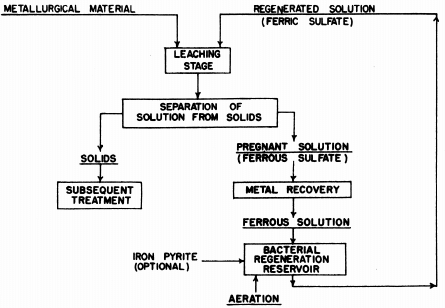
USING BACTERIA to leach and recover a metal from any metallurgical raw material with a ferric sulphate sulphuric acid lixiviant has been patented by Kennecott. Kennecott Copper Corp. just recently obtained a U.S. patent on bacteria leaching of ores containing sulphides and/or iron sulphate. According to Stuart Zimmerley, director of research and one of the […]
Arsenic Recovery
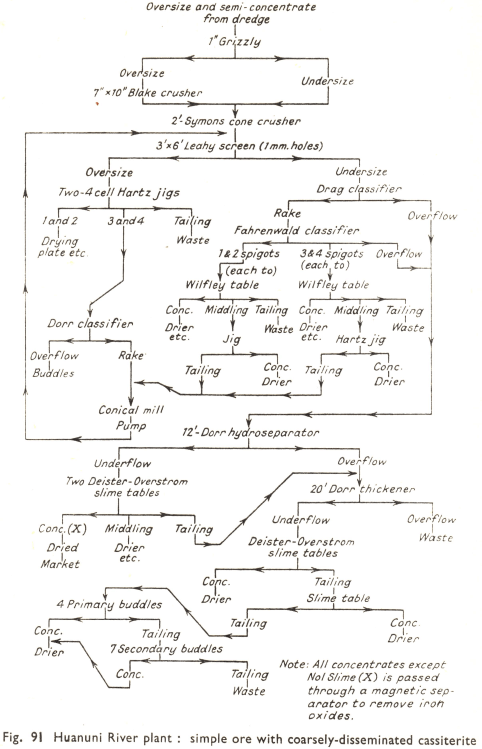
The arsenic trioxide produced in roasting is collected in chambers, where it deposits on cooling, some 10,000 cu. ft. being allowed per ton of arsenious oxide per 24 hours. At South Crofty mine, Cornwall, these chambers are partitioned, so that the flue gases pass through some 400 ft., having a cross-section of 3 ft. by […]
New Email Footer
You can choose which emails you receive or subscribe/UNSUBSCRIBE by going to this page and clicking Cancel all forum subscriptions DO NOT REPLY TO THIS POST BY EMAIL911 Metallurgy Corp. 230-1210 Summit Dr. Suite #460, Kamloops BC, V2C 6M1 Canada Telephone: 1-303-872-0448
Slag Assay
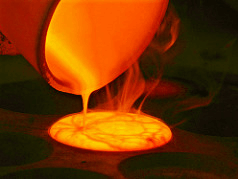
The slag from the blast furnaces having been granulated, a representative sample is taken to the sample mill. It is then dried, crushed through a 100-mesh screen, intimately mixed, and packeted for assay purposes. METHOD OF ANALYSIS INSOLUBLE Weigh 1 grm. of the finely-pulverized slag into a 3½-in. casserole, moisten with a little water to […]
Rotary Lime Kiln Operation
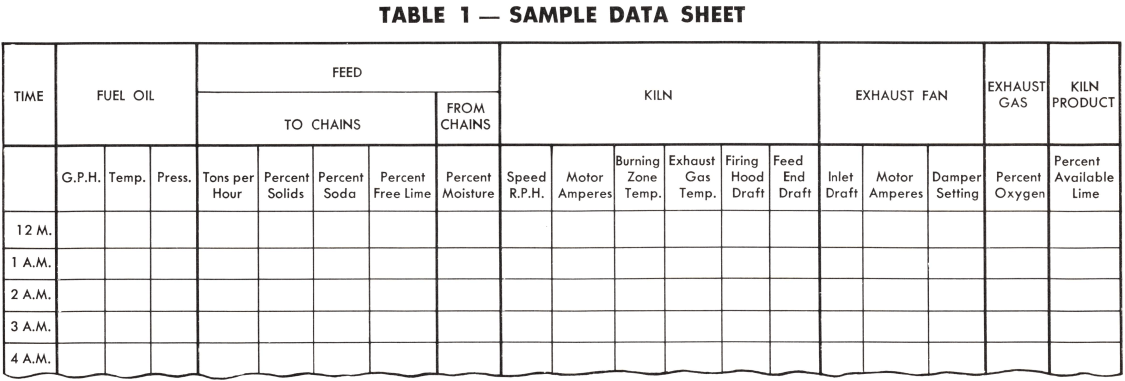
Precipitated calcium carbonate, commonly called lime sludge or lime mud, is produced when sulphate green liquor is causticized with lime. For many years this lime sludge was considered a waste product and was dumped into rivers or waste ponds, or used for fill around the plants. Large quantities of new lime were purchased from commercial […]
Clinker Cooler
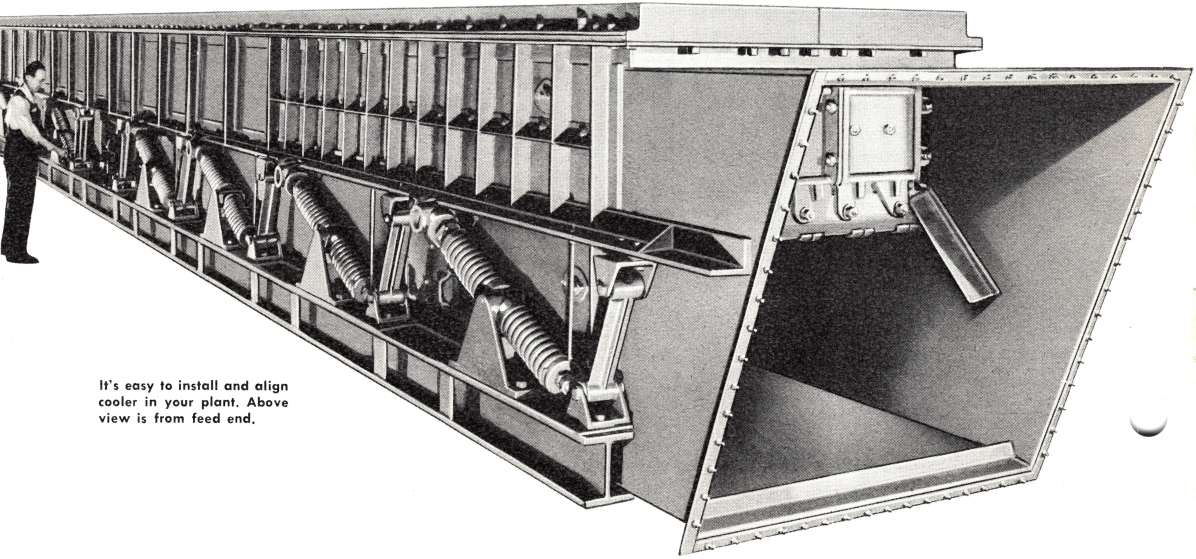
The Air-Quenching shaking grate Clinker Cooler was developed more than 20 years ago as an improved heat recuperating cooler for use with rotary kilns. It was designed to air quench and cool large quantities of hot clinker rapidly, and to recover and return to the kiln a major portion of the heat from the clinker. […]
Volumetric Determination of Iron Assay by Reduction Method
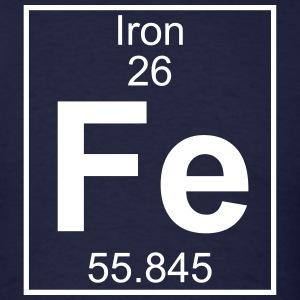
The reduction of iron from the ferric to the ferrous state prior to its titration by permanganate or dichromate may give erroneous results in the presence of other reducible metals such as titanium. Stannous chloride and metallic zinc both reduce tetravalent titanium to a lower form, and so increase the consumption of the oxidizing standard […]
